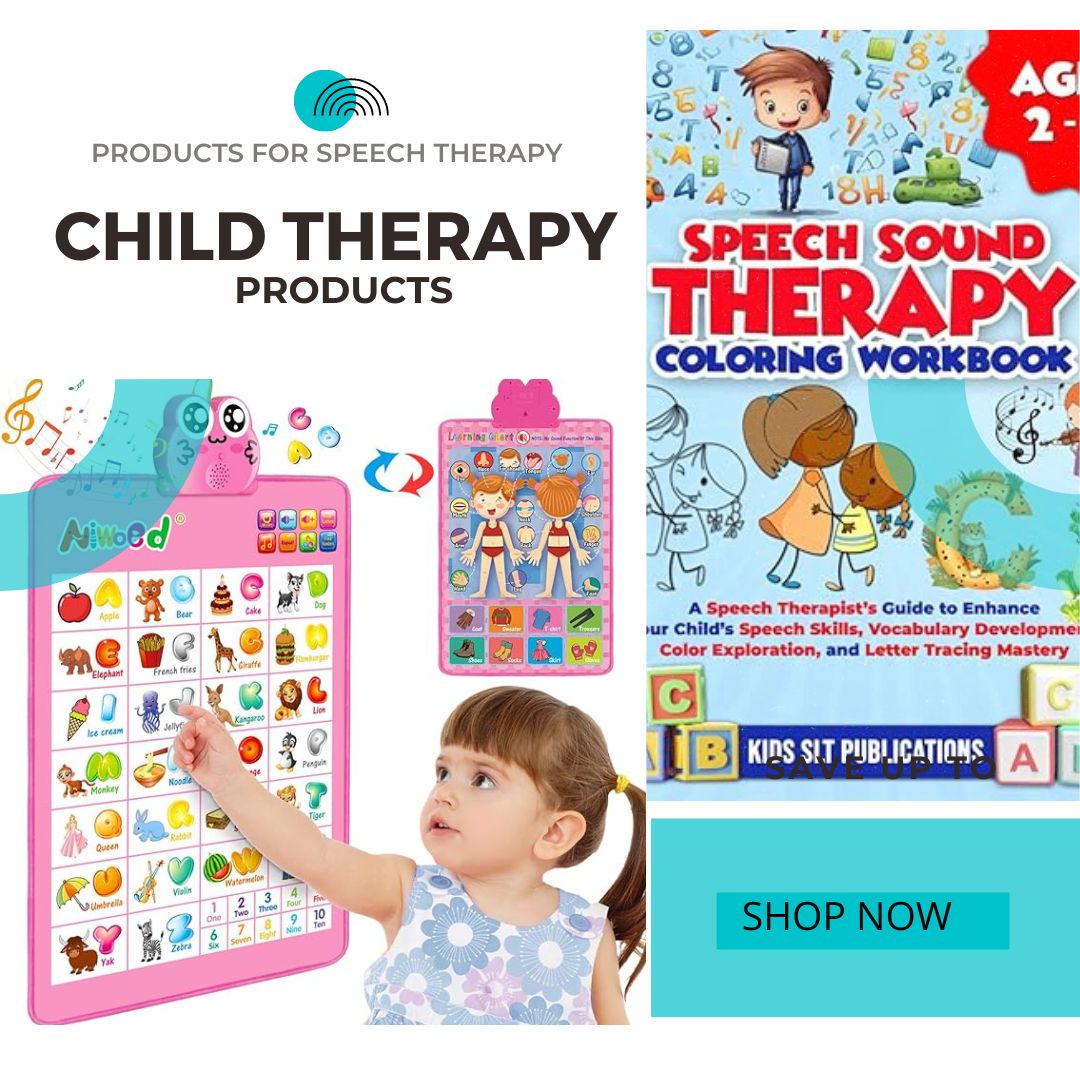Effective communication is a crucial aspect of our daily lives, and it plays a significant role in our personal and professional relationships. However, some individuals may experience difficulties in communicating effectively due to various speech and language disorders.
Fortunately, speech therapy can help these individuals and improve their communication skills. Today, we will discuss 8 effective speech therapy exercises that can help improve communication skills and achieve better results. You can even try some of the exercises at home.
8 Effective Speech Therapy Exercises for Better Communication
1. Articulation Exercises
Articulation exercises are designed to improve the clarity and precision of speech. These exercises help individuals produce speech sounds correctly and effectively. Some examples include:
- Repeat after me: The therapist says a word, and the individual repeats it. This exercise helps the individual focus on the sounds and movements necessary to produce the word correctly.
- Sound blending: In this therapist says two sounds, and the individual blends them into a word. This exercise helps the individual practice blending sounds to form words.
- Sound substitution: A word is spoken by the therapist, and the individual substitutes a sound in that word to form a new word. This exercise helps the individual practice producing specific sounds in words.
2. Fluency Exercises
These are useful to improve the flow and rhythm of speech. These exercises help individuals speak more smoothly and confidently. Some examples of fluency exercises include:
- Easy onset breathing: The therapist guides the individual through a breathing exercise to promote a slow and steady start to speech.
- Light contact: The therapist touches the individual’s face gently while they speak, providing physical feedback to help them regulate the flow of speech.
- Slow rate: The therapist encourages the individual to slow down their rate of speech, allowing them to focus on the sounds and movements involved in speaking.
3. Voice Therapy Exercises
This type of exercises improve the quality and clarity of an individual’s voice. These exercises help individuals produce a voice that is more natural and easier to understand. Some examples include:
- Humming: The individual hums a tune while focusing on the sensation of vibration in their vocal cords. This exercise helps improve vocal cord function.
- Lip trills: The individual makes a rapid, continuous sound by vibrating their lips. This exercise helps improve breath control and voice projection.
- Voice projection: The therapist encourages the individual to project their voice and speak more loudly. This exercise helps improve voice volume and clarity.
4. Pragmatic Language Exercises
Using this a therapist improve an individual’s ability to use language in social situations. These exercises help individuals understand and use appropriate language for different situations and with different people.
- Role-playing: The therapist and individual act out various social scenarios, allowing the individual to practice using language in real-life situations.
- Conversational turn-taking: The therapist and individual take turns speaking in a conversation, helping the individual practice interrupting and responding appropriately.
- Contextual clues: The therapist provides the individual with contextual clues, such as gestures and facial expressions, to help them understand the meaning of language in social situations.
5. Receptive Language Exercises
This improve the ability to understand language. These exercises help individuals process language more efficiently and accurately. This builds strong listing skills and by adding the activities like games, household objects, prepositions it improves overall understanding and communication. This includes…
- Following directions: The therapist gives the individual a series of directions, and the individual follows them. This exercise helps the individual practice listening and processing language.
- Wh questions: The wh questions help in understating, what this is, and why it is important. For better practice, games and pictures are used.
6. Expressive Language Exercises
This help to improve an individual’s ability to use language to communicate effectively. These exercises help individuals express their thoughts and ideas accurately and effectively. Some examples include:
- Storytelling: The individual tells a story, using descriptive language to convey meaning. This exercise helps the individual practice using language to convey meaning and express their thoughts and ideas.
- Word associations: The therapist provides a word, and the individual says the first word that comes to mind. This exercise helps the individual practice using language to make connections and express their thoughts and ideas.
- Describing pictures: The therapist shows the individual a picture, and the individual describes what they see. This exercise helps the individual practice using language to describe objects, events, and scenes.
7. Memory Exercises
Memory exercises are designed to improve the ability to remember information and recall it accurately when asked. These exercises help individuals develop stronger memory skills and improve their ability to retain information. It includes the activities like:
- Word lists: The therapist provides the individual with a list of words, and the individual repeats the words back in the same order. This exercise helps the individual practice remembering information.
- Story recall: The therapist tells the individual a story, and the individual repeats the story back. This exercise helps the individual practice recalling information and events.
- Associative memory: The therapist provides the individual with a list of items, and the individual associates each item with another item. This exercise helps the individual practice making connections and recalling information.
8. Cognitive Exercises
Cognitive exercises is best to improve the cognitive skills, including attention, perception, and problem-solving. These exercises help individuals develop stronger cognitive skills and improve their ability to think and process information.
- Attention training: The therapist provides the individual with a series of tasks that require attention and focus, such as counting backwards from 100 or following a moving object with their eyes. This exercise helps the individual practice paying attention and focusing.
- Problem-solving tasks: The therapist provides the individual with a series of problems, and the individual works to find solutions. This exercise helps the individual practice problem-solving and critical thinking skills.
- Perception exercises: The therapist provides the individual with visual or auditory stimuli, and the individual identifies and describes what they perceive. This exercise helps the individual practice using their senses to perceive and process information.
Speech therapy exercises can play a vital role in improving an individual’s communication skills. By incorporating a variety of exercises into therapy sessions, speech therapists can address a wide range of communication challenges and help individuals develop stronger, more effective communication skills.
From building vocabulary and improving pronunciation to developing fluency and enhancing cognitive skills, speech therapy exercises offer a comprehensive approach to improving communication abilities.
I hope you will get some help from the above given list of speech therapy exercises. Still you need more help? You can book an appointment and consult for the treatment!


